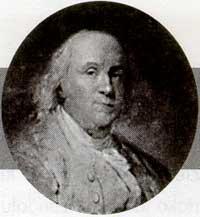Change of schedule
2001/10/26 Carton Virto, Eider - Elhuyar Zientzia

The summer schedule was first established in World War I. It was called ‘war time’ and was established by the shortage of energy. Given the effectiveness of the measure, some countries continued to apply the summer schedule after the war. After World War II, the measure was expanded further.
The summer schedule we know today is a direct consequence of the 1973 oil crisis. That year the Organization of Petroleum Exporters (OPEC) established the blockade of oil and caused significant economic losses. Faced with the crisis, the industrialized countries proposed to implement a normalized system of energy savings and laid the foundations for the summer hours. Since then, in March we advance an hour the clock and in October we delayed it an hour. In this way, in summer it occurs until later with daylight and much energy is saved. However, there are big discussions about the summer schedule. Not everyone thinks that so much energy is saved and is said to generate health problems.

Since 1980, the European Commission has decided when the time change should be made in European States, and since 1996 it has been carried out in all States on the same day. On the other hand, from December 2001, the 9th directive will enter into force, which will regulate the change of time. It establishes that the change of hours will be indefinite, taking place on the last Sunday of March and last Sunday of October of each year. However, the European Commission will publish every five years the official calendar of summer hours. In 2002, for example, we will advance the watches on March 31 and delay them on October 27.
The GMT time (Greenwich Mean Time) is the time that is measured at the Greenwich Observatory in the UK and is maintained throughout the year. On November 1, 1884, it was agreed that the GMT schedule was to be the universal reference schedule and a global distribution of hours was made. The world was divided into 24 parts, 12 to the east and 12 to the west of Greenwich. Hours to the east increase (one hour per stretch) and to the west are eliminated. We are an hour east of Greenwich. Therefore, in winter we have an hour in advance regarding the GMT time and in summer two.

Gai honi buruzko eduki gehiago
Elhuyarrek garatutako teknologia





